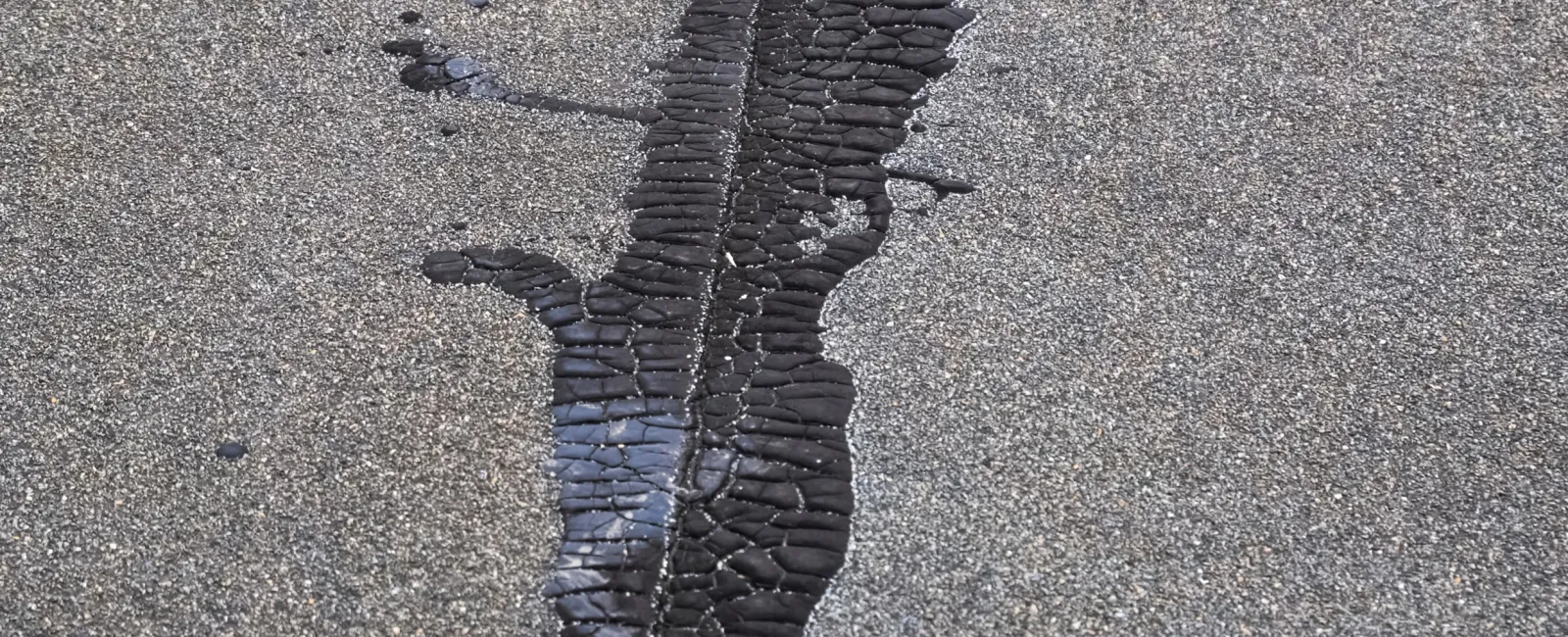Have you recently noticed stray shingles in your yard, granules in your drainage pipe, or worse, a leak in your roof? If you have, you’re witnessing the sure signs that your roof has been damaged and needs to be repaired, or potentially replaced. When you repair your roof, you’re targeting specific areas of your roof that have been damaged and fixing just those areas. When you replace your roof, you rip off your entire old roof and replace it with a brand new one. But how do you know which option is best for you?
If your roof has sustained minor damage, keep reading to learn more about repairing your roof with roofing tar, roof sealant spray, and the best water leak sealant, and choosing to repair your roof instead of replacing it.
What is Roofing Tar?
Roofing tar is exactly what it sounds like, tar for your roof. It’s a black oil-based substance used on roofs to act as a waterproof seal. Roofing tar is an ideal sealant for flat roofs because it’s resistant to UV rays, so it won’t warp, melt, or degrade at all if the sun beats down on it all day long. Roofing tar not only protects your roof from moisture from rain and snow, but it’s also a great barrier against the wind.
One drawback of roofing tar is that it gives off noxious fumes, so if you or your professional roofing contractor are applying it, you need to wear a mask and make sure not to breathe in the chemicals. If you’re going to patch up your roof with roofing tar, you’ll want to make sure you have a handful of clear and sunny days to do so to allow the tar to properly dry, but don’t tar your roof if it’s too hot out. The best temperature to:text=The%20Proper%20Conditions%20for%20Roofing%20Tar&text=The%20optimal%20temperature%20for%20applying,it%20reaches%2070%20degrees%20Fahrenheit.”> perform roof repairs with tar is :text=The%20Proper%20Conditions%20for%20Roofing%20Tar&text=The%20optimal%20temperature%20for%20applying,it%20reaches%2070%20degrees%20Fahrenheit.”>70 degrees Fahrenheit; the tar won’t dry completely at lower temperatures.
What Is Roof Sealant Spray?
Roof sealant spray is a spray that’s applied to your roof to seal it against water, UV rays, and weather conditions such as wind and hail. Roof sealant spray preserves your roof and protects it from further damage if you have an existing leak.
Roof sealant spray can be used on any roof pitch, but it’s common to be used on flat roofs because flat roofs tend to have more pools of water as there’s nowhere for the water to runoff.
What Is the Best Roof Sealant Spray for Leaks?
If your roof is leaking, you’ll want to get a roof sealant spray that’s meant for water leaks. Roofing sealants come in five types of materials, and each has its own set of benefits:
-
acrylic, the most common and great for UV rays but not as great for creating a moisture barrier
-
polyurethane, which is great for moisture but not as great for UV rays
-
silicone, excellent for both moisture and UV rays
-
rubber, which is another great option for both UV and water protection
-
sealant tape, which is great for a very small and minor fix and is water-resistant
The brands that are the best roof sealants for leaks are:
1. Dicor Self-Leveling Lap Sealant
This sealant comes in the form of caulking and is made out of polyurethane, making it ideal to use around the edge of your roof, air and pipe vents, and any holes that are leaking. It can also be used directly on the shingles of your roof.
2. Liquid Rubber Waterproof Sealant
Liquid rubber is made out of a water-based formula rubber that doesn’t have any solvents, odors, or volatile organic materials, which makes it safe for not only you, but also the environment. Liquid Rubber is great for a large repair project because it comes in a five-gallon bucket and is applied like paint.
3. Gorilla Waterproof Patch and Seal Tape
Gorilla Tape is a tape sealant and is great to use on seams and small holes that are causing leaks. The backing of the tape has an incredibly strong adhesive that’s water and sun-resistant.
4. Flex Seal Spray Rubber Sealant Coating
Flex Seal Spray is another rubber sealant and is applied by being sprayed. This spray comes in a small aerosol can and is also ideal for smaller roof repairs and minor leaks.
5. Rubberseal Liquid Rubber Waterproofing Coating
Another rubber water leak sealant is Rubberseal Liquid Rubber Waterproofing Coating. It’s a solvent-based material, which means it’s really thick and great at reflecting the sun’s rays and creating a water barrier. In addition, it’s applied the same way as paint.
If your roof is giving off telltale signs of damage, you might be wondering if repairing the damage using roofing tar or a roof sealant spray is a better option for you or if you should consider replacing your whole roof. Roofing tar and water leak sealants are great options to minimize the damage to your roof and prevent more damage from happening, but the best way to know whether your roof is ready to be replaced is by contacting your local roofing contractor. To get an assessment of your roof done today, contact us, and let’s get started.



